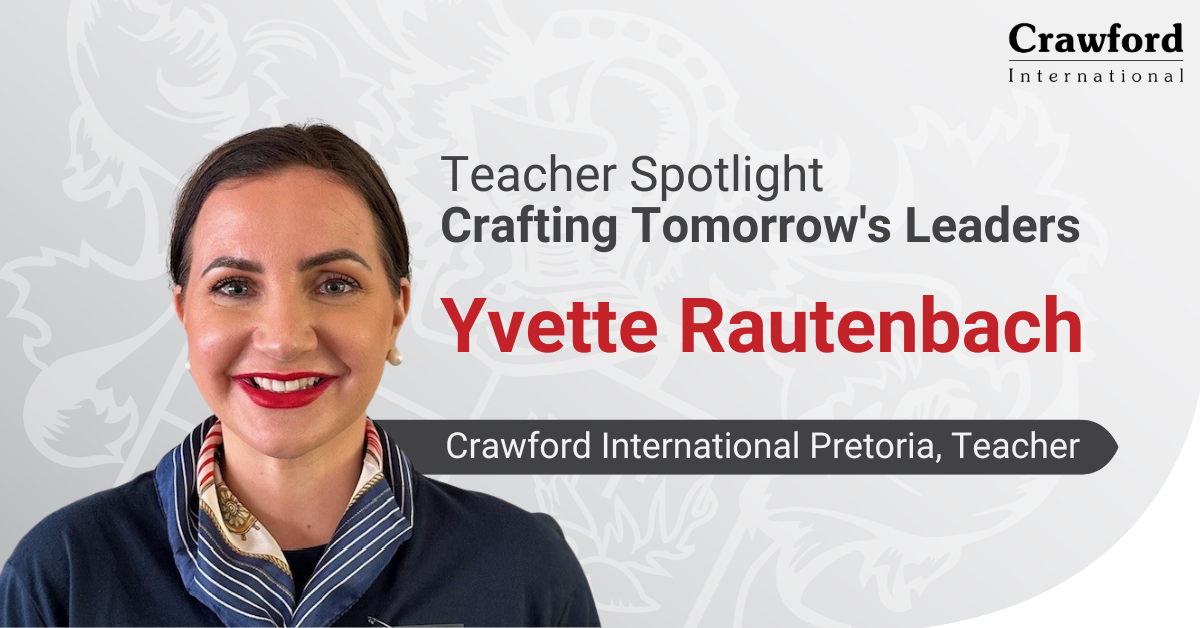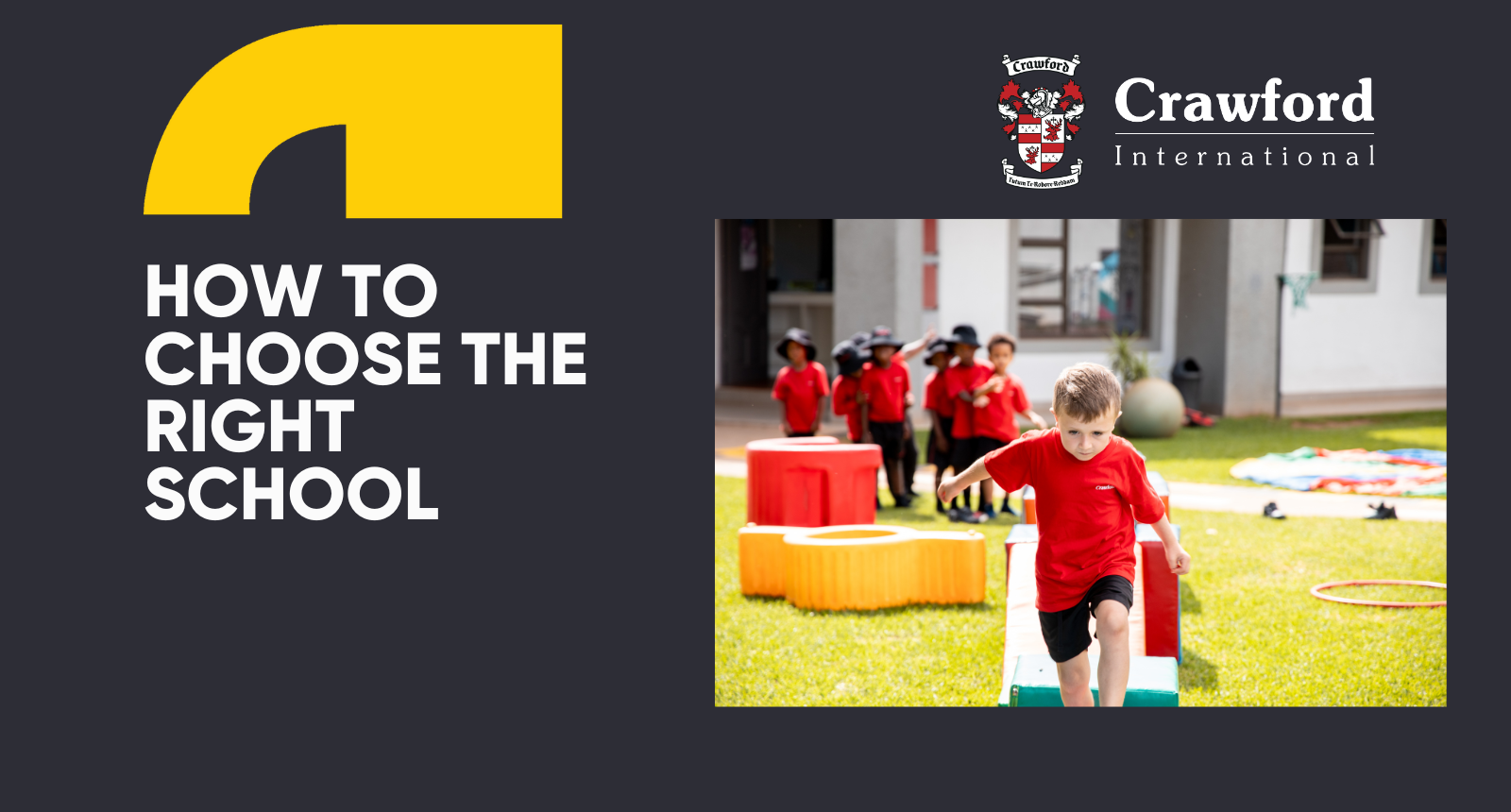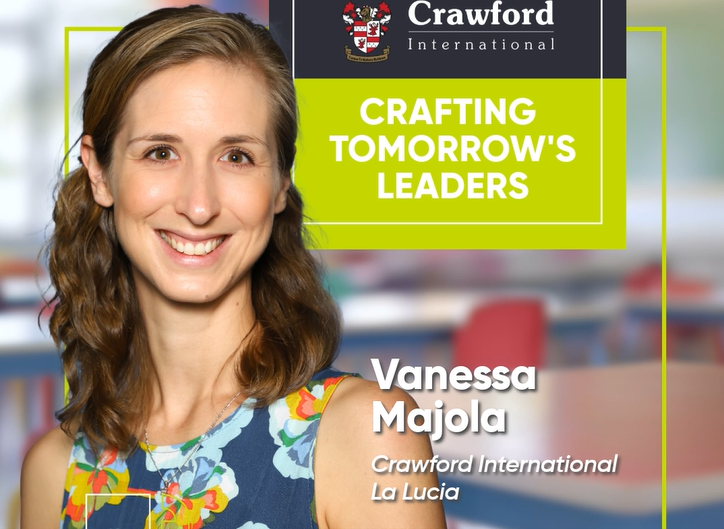North Coast Jan 2024
February 26, 2024
PRE-PRIMARY
Benefits of Messy Play
Messy play holds significant value in early childhood development and our beautiful KZN North Coast climate allows ample opportunity for combining messy play with fresh air. Crawford International North Coast Pre-Primary student Ntokozo Mthethwa enjoyed every moment of foam with her friends and teachers at the school recently. This kind of play provides children with opportunities to explore, experiment, and express themselves freely in a tactile and sensory-rich environment. Engaging in messy play fosters creativity, problem-solving skills, and enhances cognitive development as children manipulate materials which leads to exciting discoveries. Messy play promotes social skills as children collaborate, share, and communicate with peers, building important foundations for future learning and development.
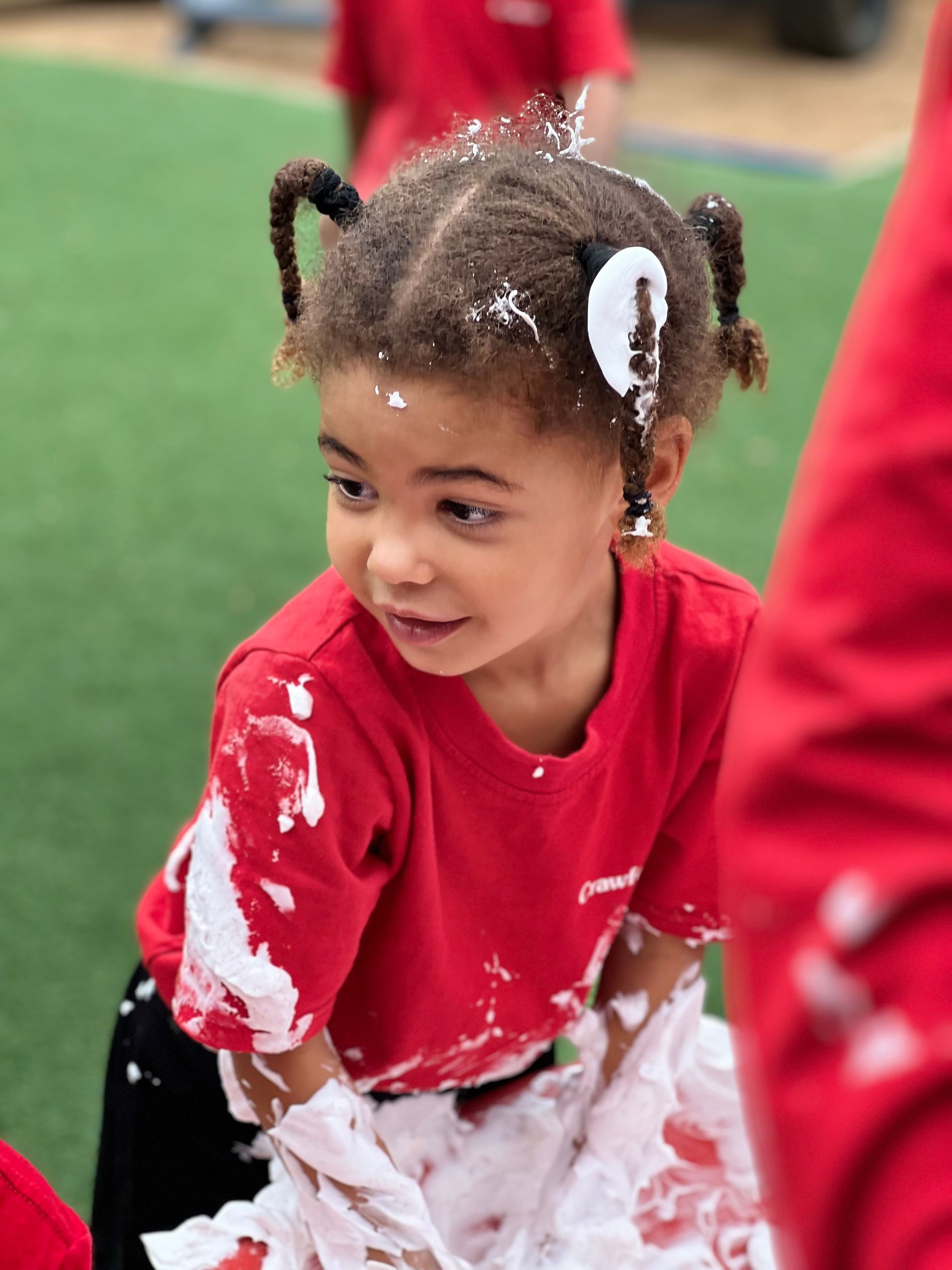
Forest Research Grade 0
Recently our Grade 0 students embarked on an exceptionally thrilling investigation. They delved into the fascinating realm of 'mini beasts' residing in our enchanting school forest. Outdoor education remains a cherished highlight for our young pupils every day.
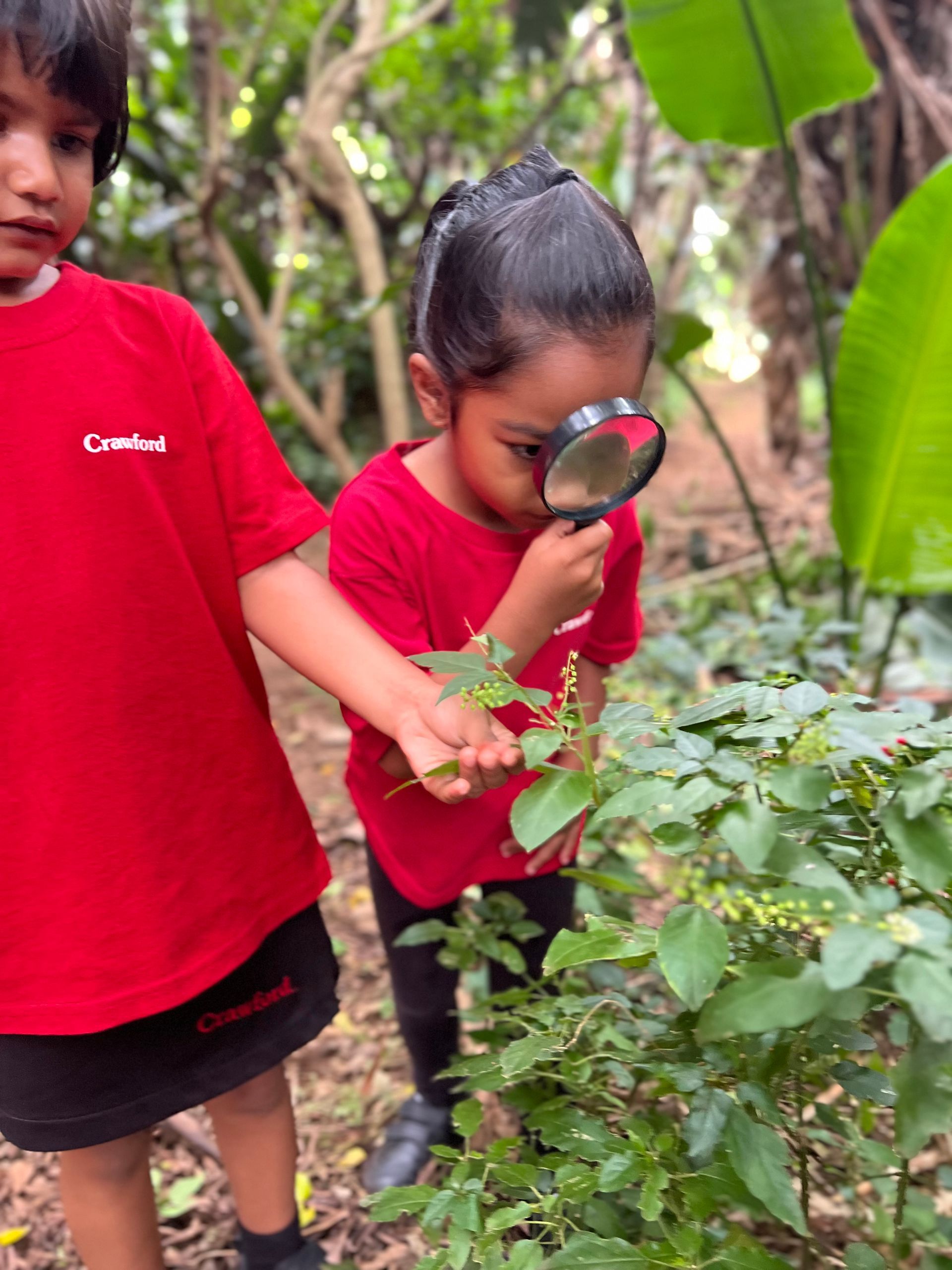
PREPARATORY
The Joy of Exploring Nature
Crawford International North Coast Grade 3's launched their "Sharing the Planet" Unit of Inquiry, by exploring the forest area on the school’s beautiful North Coast campus. As students will be looking at biomes and how biodiversity relies on maintaining balance within these systems, the students had to identify living organisms found in this habitat. They also had to find examples of how this habitat can be destroyed - e.g.: by litter, the recent floods, etc. and how this will affect the balance within this biome. The Grade 3's were intrepid explorers who demonstrated an interest and curiosity about our natural world and a love of nature - they
are eco-warriors in the making!

Grade 7 Induction Day
Crawford International North Coast held its prestigious Grade 7 Induction ceremony recently, where Grade 7 students were inducted as councillors. Each pupil took delight in signing the Councillor’s Pledge, witnessed by proud parents, the Campus Head, the Pre, Prep and College Principals, staff and fellow students. The highlight of the event was the lighting of candles, which symbolised the passing down of authority from the Preparatory Principal to the Deputies, to the Grade 7 teachers and then to the students.

Feeling the Love this Month of Love
Our Grade 7 students embarked on a special mission this February. With Valentine's Day approaching, the Grade 7s decided to spread love and joy to the residents of Westbrook Retirement Village by bringing along sweet treats and heartfelt sentiments. The joy on the faces of the elders was palpable and their spirits lifted by the genuine kindness of their young visitors. Our students engaged in heartfelt conversations with the residents, listening attentively to their stories and experiences, and learning valuable lessons about empathy, resilience, and the importance of cherishing every moment. The Grade 7 students' visit to Westbrook Retirement Village was more than just a charitable act. It was a testament to the power of love, compassion, and community. Through this outreach programme and leadership initiative, our young leaders demonstrated the importance of empathy, kindness, and making a difference in the lives of others.
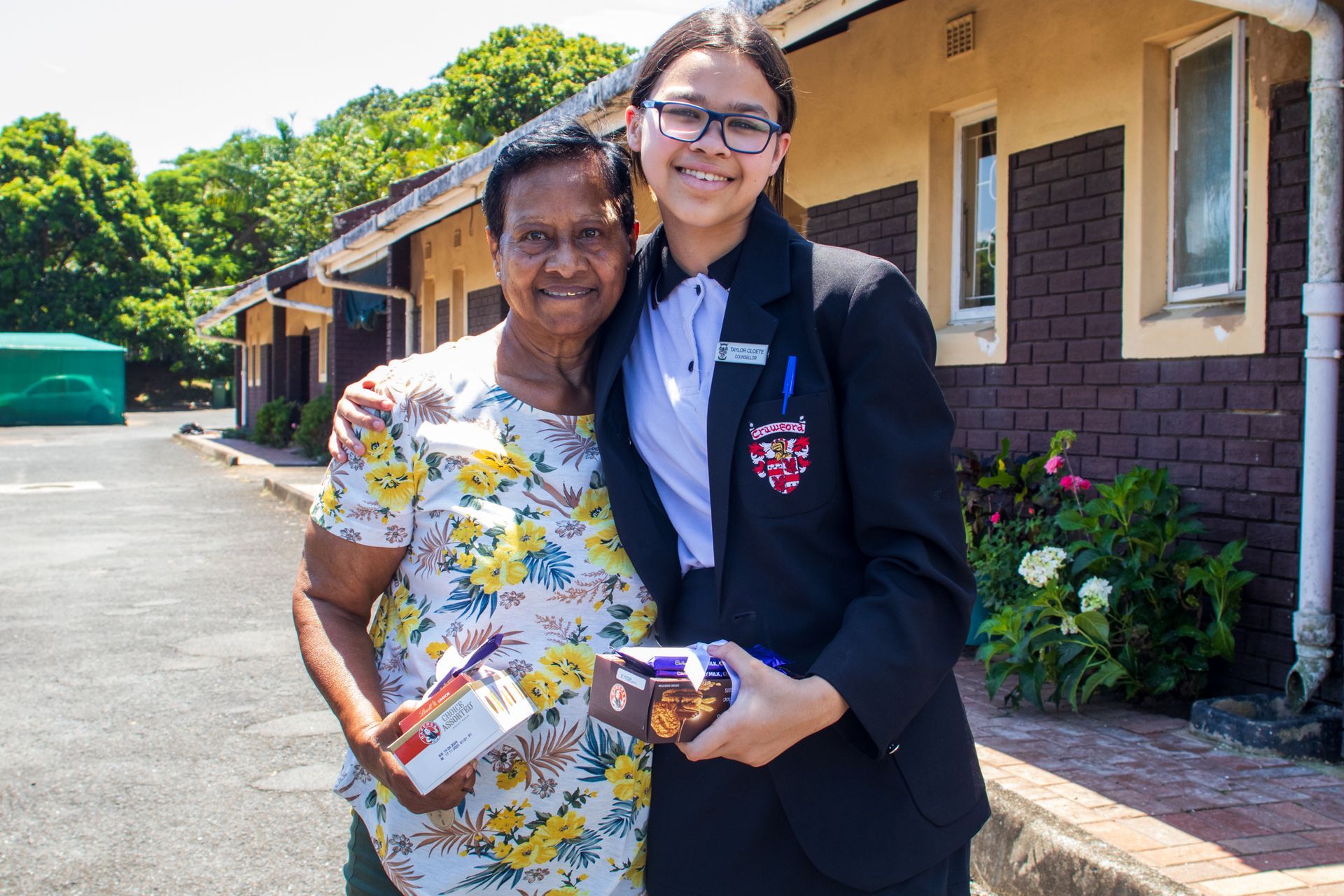
COLLEGE
North Coast Track Star Qualifies for SA Nationals
Crawford International North Coast Grade 11 student Noa Reinstein has been at the school since Grade 000, and her love of running goes right back to her Preparatory days. The school shared in her delight recently when she reached the qualifying times for SA nationals. The 400m athlete is also currently placed first in KZN for both the 200m and the 400m in her age group. At the same time as preparing for events in Pretoria, Noa will be representing both Crawford and Ilembe at the District Championships in mid-February at Kings Park and competing in the KZN Championships in Pietermaritzburg at the end of March.
Noa’s love of running began with cross country in her primary years on the school’s beautiful Westbrook campus and by Grade 5 she commenced with track training. The North Coast star trains at Kings Park Athletic Stadium five times a week and says she is inspired by Sydney McLaughlin, the 400m US hurdler, whose inspirational social media content helps motivates her.
Numbers are her favourite topic - both on and off the track! Mathematics is a much-loved subject at school, and when she is on the track, she keeps her eye on beating her personal best time of 58.22 seconds for the 400m and 25.93 for the 200m. Her top-tip to any aspiring runner is to build a cardio base and then train with a coach.
Noa’s short-term goal is to be placed in the Top 3 in SA, as well as obtaining a scholarship to study in the US or Netherlands where she can continue to train throughout university. Her proud mom Dorine Reinstein says ‘I am so proud of Noa, she works so hard. So much time and dedication go into shaving a few milliseconds off your time when you are a sprinter. I think we spend more time at the track than at home!”

Top National Award for Crawford International North Coast Student
Top academic students were recently honoured at the ADvTECH Top Achiever Awards at a glittering ceremony in Johannesburg. Crawford International North Coast student Daisy Pybus was placed second amongst 1800 students from the ADvTECH group. She richly deserves the award after achieving an impressive overall aggregate of 94.62%, Top 1% in the country (English, Afrikaans, Life Orientation, Life Sciences and Marine Sciences) and earned a place in the IEB Top 5% Outstanding Achievement category. Well done Daisy!
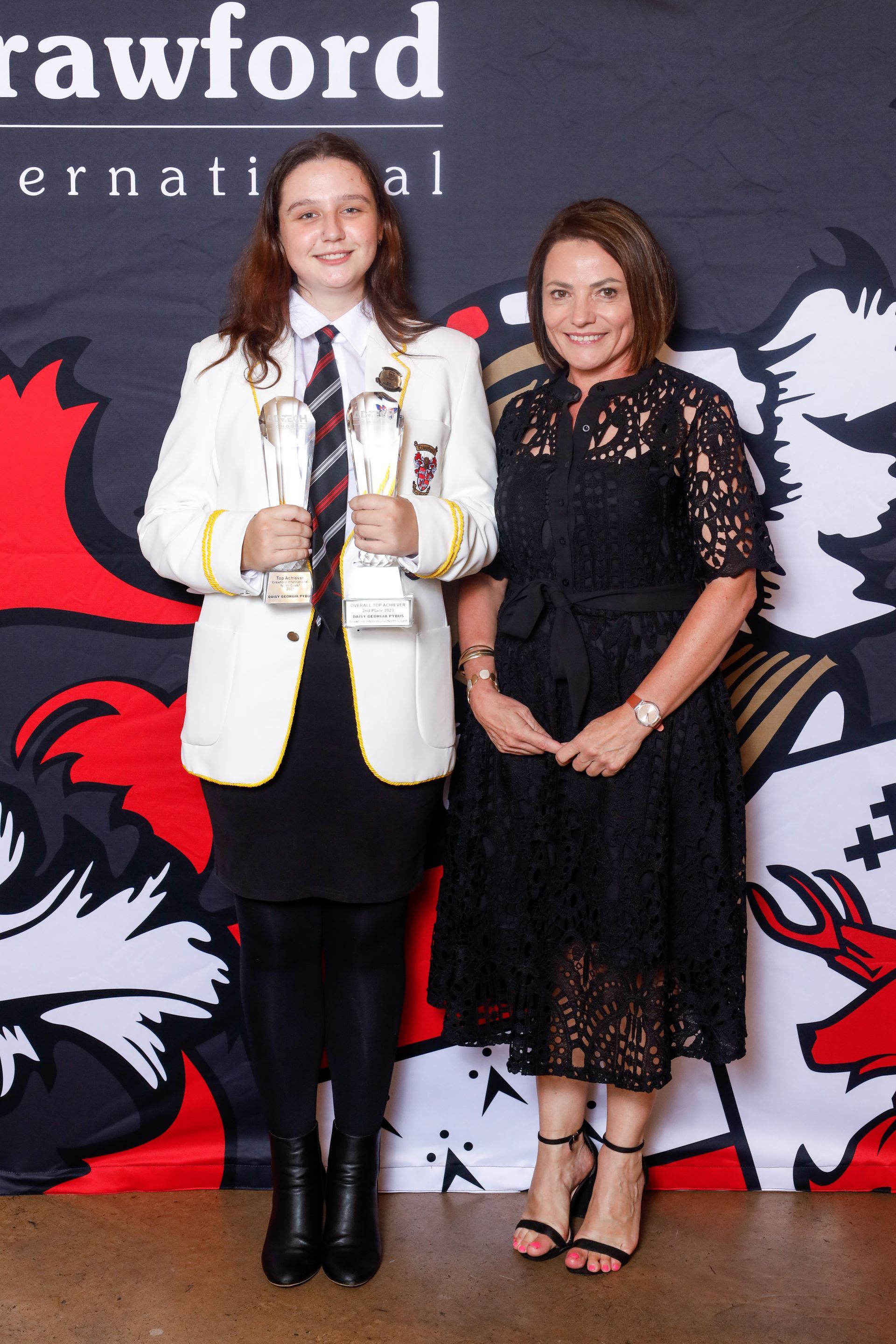
Thando Mthembu Gets DSTV Interview
17-year-old Crawford International North Coast student Thando Mthembu was thrilled to be invited to take part in an interview for DSTV’s The Get Real Show hosted by Denver Naicker recently. The current Grade 12 A aggregate student, who won a 2023 Dale Carnegie High Achiever Award is a boarding student at the school. She loved the experience in front of the camera. She says ‘I was a little nervous the night before but, on the day, I felt calm and really enjoyed the experience! It was great to talk about preparing for the matric year ahead and how much I love the boarding experience.’ Her favourite subject is Life Sciences, and she is preparing for 8 subjects to write in her IEB matric examination in November.


